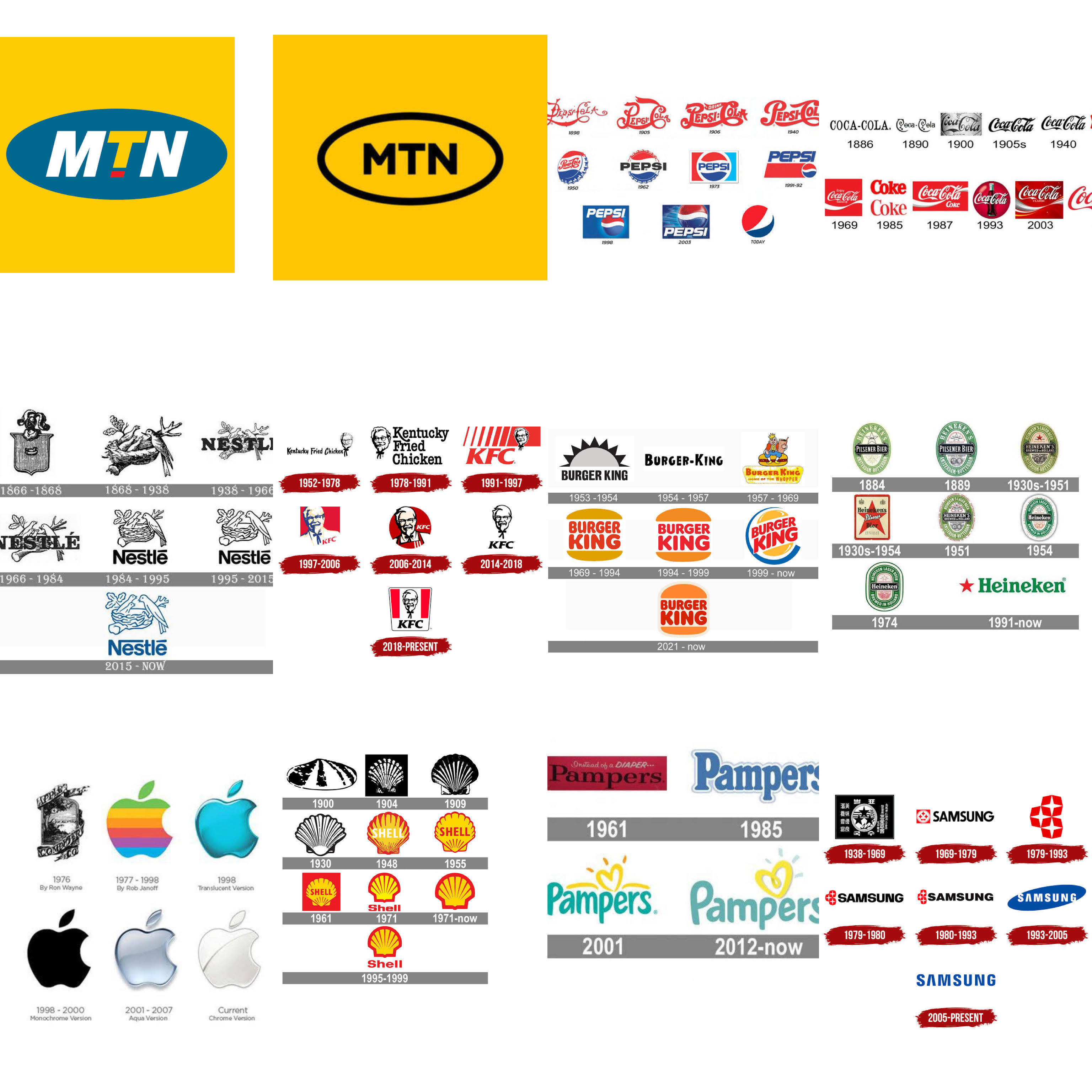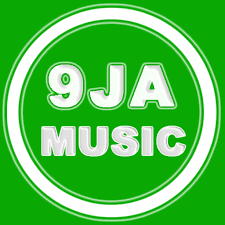By Abimbola Mohammed
Every brand needs a logo. A company’s logo is crucial to the success of its business because it reveals the identity. A great logo will represent a company, convey important messages about what it does and must be up-to-date with modern design trends. A good logo emphasizes a company’s strengths, reflects its core business values and abides by the modern design trend of simplifying with nothing but a checkmark.
Changing or refreshing a logo is not a very easy task especially when it has been in use for some time. Changing it is not a decision made lightly, but sometimes it’s necessary for companies to change their brand identity.
Brands and businesses sometimes change their logo for various reasons, which includes crossing a milestone, the need for a fresh look and feel, merger and acquisition, buyout or simply because they want to show that they have evolved over time.
Speaking with Sherif Akinpeu, Deputy Director, Strategy & Planning, SVP Communication on why brands may decide to change their logo, he said: “There are lots of different reasons why brand may want to change their logo. It could be a result of merger and acquisition or total buyout of a company. It can also be because the brand has crossed a major milestone and it needs a new identity to help get to the next level.”
Here are a number of big brands that have changed their logos over the years;
MTN: The version of MTN’s oval logo was introduced in 2002 and always appears in a yellow square, often along with the slogan “Everywhere You Go”. In 2020, during the COVID-19 pandemic, the slogan was changed to “Everywhere You Stay”. On 27 February 2022, MTN Group adopted a new logo as part of their ‘Ambition 2025’ strategy.
Coca Cola: What of Coca-Cola’s iconic logo that doesn’t highlight what the company sells yet, consumers from around the world know the Coca-Cola logo and what they sell?
The history of the iconic logo begins with Frank Mason Robinson, Pemberton’s bookkeeper, suggesting the company name. Robinson is also regarded as an early advertiser of Coca-Cola.
In May 1886, Dr. John S Pemberton nailed the formula, but it was his bookkeeper who came up with the name Coca-Cola. Frank M. Robinson suggested that ‘the two Cs would look well in advertising. The visual identity of Coca-Cola portrays love, passion, purity and humility.
From the unrecognizable 1886 logo to the present iconic version, Coca-Cola logo has truly evolved with time.
KFC: The original KFC logo was designed in 1952 and featured a wordmark, Kentucky Fried Chicken, a hand-drawn typeface with enlarged first letters “K”, “F” and “C”. The KFC emblem, which is a Colonel Sanders portrait, was placed on the right side of the wordmark. Then in 1978, the logo changed the emblem on the left side on the wordmark, which is now written in three floors, using enlarged lettering. The typeface was modernized and the main element is the “K” elongated tail. In 1991, the colour appeared in the KFC visual identity. In 1997, the KFC logo was retired; it is now composed of a square emblem featuring a red and white background with the Colonel’s portrait and KFC wordmark in red, placed on his tuxedo.
The last redesign of the KFC logo was in 2018. The shape was changed to trapeze and the portrait was refined. The white and red background features three vertical lines. The Colonel’s face in black contour is placed on the white line with the KFC italicized wordmark underneath it.
Burger King: One year after Burger King’s first restaurant was opened, original owners Keith J. Kramer and Matthew Burns created the brand’s first logo design, a design that featured the restaurant’s name in a bold, all-caps font set beneath a half-circle sun. When the chain was purchased just one year later by James McLamore and David R. Edgerton, the logo was redesigned to a minimalist design that featured only the restaurant’s name in a custom sans-serif typeface.
Burger King announced early in 2021 it has a new logo. The logo looks more simplistic and has gone back in time with some slight changes to the color and shape. This design lasted for three years before the Burger King logo was revamped once again. The current Burger King logo still features the name of the company placed between two buns but with a more rounded shape, brighter colors, and a blue line that encircles a majority of the logo.
Nestle: Henri Nestlé was one of the first Swiss manufacturers to build up a brand with the help of a logo. The original Nestlé trademark was based on his family’s coat of arms, which featured a single bird sitting on a nest. This was a reference to the family name, which means ‘nest’ in German. Henri Nestlé adapted the coat of arms by adding three young birds being fed by a mother, to create a visual link between his name and his company’s infant cereal products. He began using the image as a trademark in 1868. Today, the familiar bird’s nest logo continues to be used on Nestlé products worldwide, in a modified form.
Pepsi: The history of the Pepsi logo is one of constant reimagining. Over its 122 year history, the logo has seen 12 redesigns. Before Pepsi was Pepsi, it was known as Brad’s Drink, the logo was a blue wordmark against a white background. In 1898, Brad’s Drink became known as Pepsi-Cola, a name derived from the word “dyspepsia,” another word for indigestion. As the company found its footing and grew, its logo changed three times. First was Pepsi-Cola’s thin, red and spiky logo, in 1905, the logo became a bit softer. The spikes retracted and the letters got just a bit wider and today, we think of Pepsi as blue. It’s the “blue team” to Coke’s “red team.” But before 1950, in the wave of patriotism that followed World War II, making the logo red, white and blue just made sense. In 1987, Pepsi gave the globe logo a little facelift. Since 1962, Pepsi had been using a basic, all-capital sans serif font. The 2006 version was cool, but by 2008, it was time for another change. This time around, Pepsi was due for a big change.
Heineken: Heineken has had a star logo on its beer for most of the years since it was first brewed in the second half of the 19th century, changing to a red one in the 1930s. The star is thought to represent a brewer’s symbol or the various stages of the brewing process. After World War II, Heineken changed its star from red to white with only a small red border. Over the years the red border of the star of all export labels gradually became more prominent, until 1991, when it became completely red again.
Apple: Apple transitioned into a different brand identity over the years, from 1976 when the logo had an apple hanging above the head of Isaac Newton, and with an inscription that read, ‘Newton A mind forever voyages through strange seas of thought alone. In 1977 Steve Jobs designed the iconic logo–the Bitten Apple, which today is one of the recognizable symbols in history. This version of the logo had the rainbow colors on it, and the company used it from 1977 to 1998. Other versions are the translucent (1998), Monochrome (1998 – 2000), Aqua (2001 – 2007), and the chrome (Current).
Brands like Google, Amazon, Access/Diamond Bank, Ford, Volkswagen, Twitter, Snap chat, MTV, Burger king, Adidas, Shell, Mazda, Nissan, VISA, Pampers, Kodak, Samsung, Instagram, Procter and gamble and many more have also changed their logos over the years.







Comment
No comments found.